First Phosphorescent U.S. Stamps
On August 1, 1963, the U.S. Post Office experimented with luminescent stamps for the first time, in an effort to speed up mail sorting and cancellation.
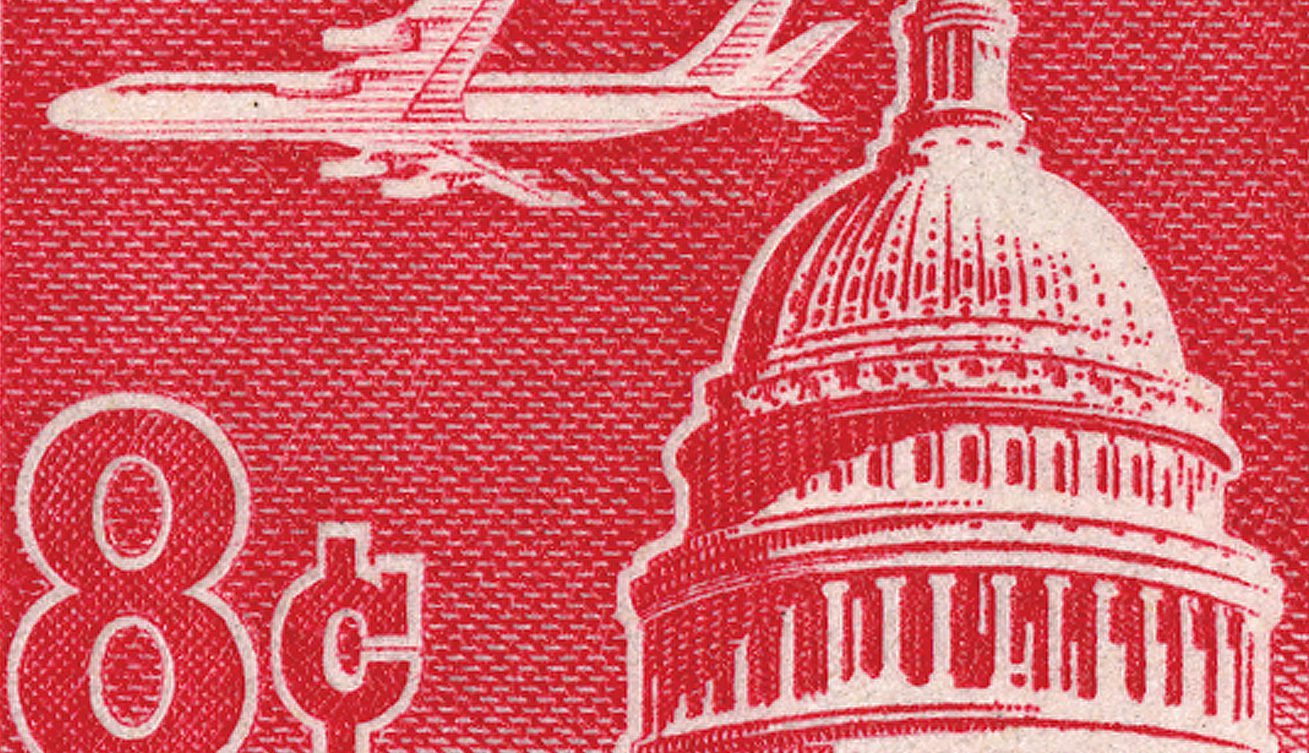
On August 1, 1963, the U.S. Post Office experimented with luminescent stamps for the first time, in an effort to speed up mail sorting and cancellation.
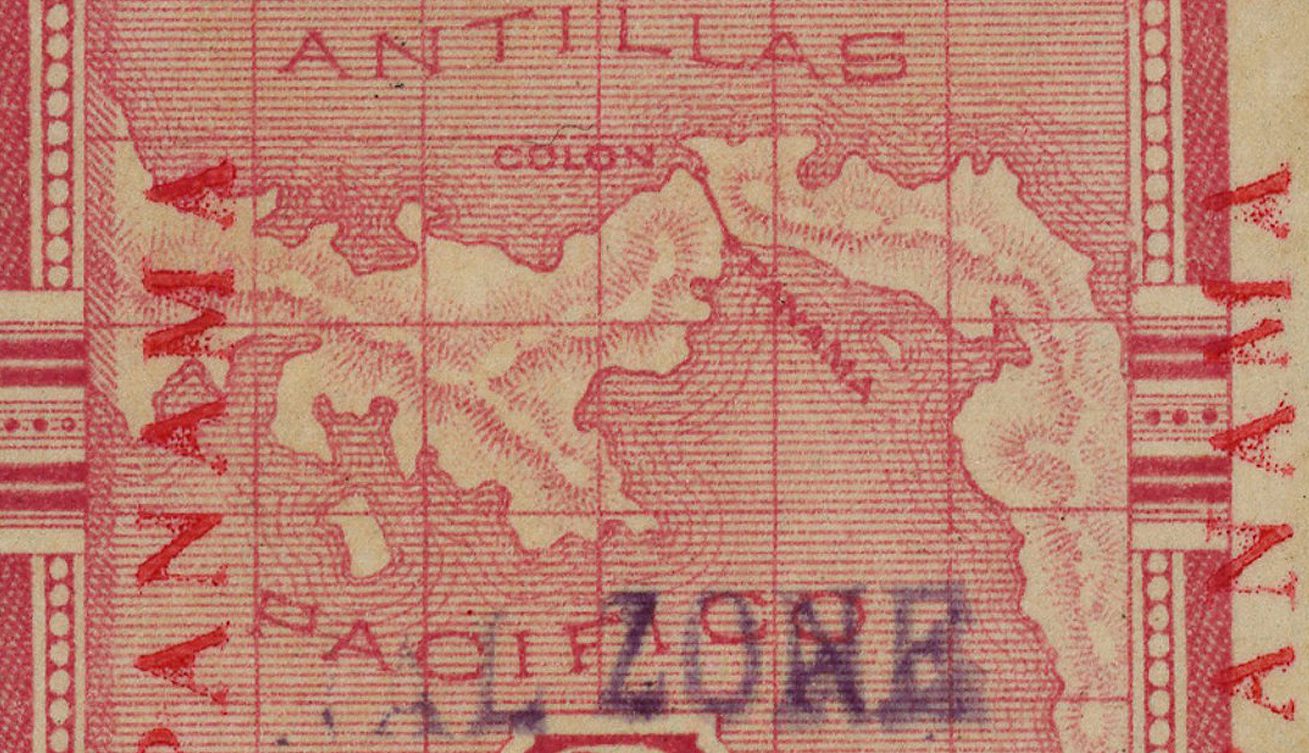
On June 24, 1904, the US issued its first stamps for use in the Canal Zone. The stamps were used by the thousands of workers who built and maintained the Panama Canal.
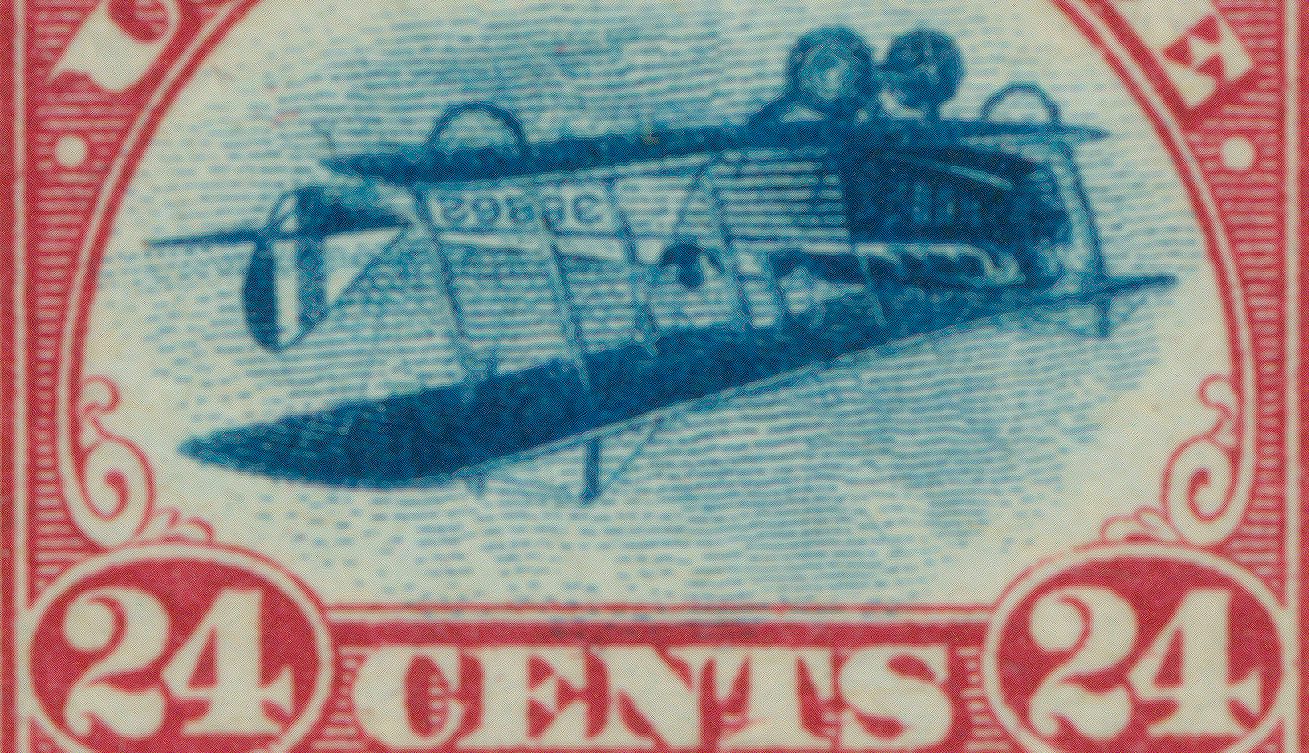
On May 14, 1918, stamp collector William Robey discovered the rare Inverted Jenny error sheet. One of the most famous US stamp errors, he found the only known sheet to reach public hands.
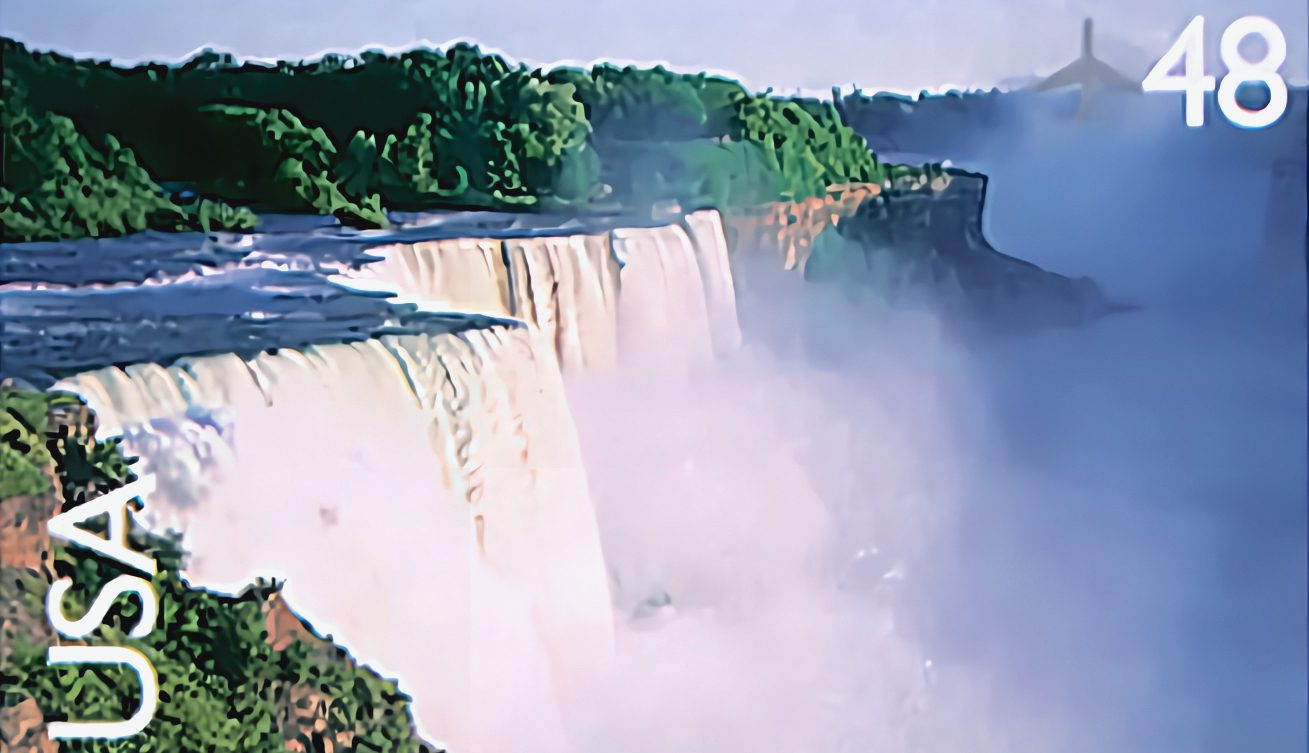
On May 12, 1999, the USPS introduced a new series of Airmail stamps – the Scenic American Landscapes. These were the final Airmail stamps. issued through 2012.
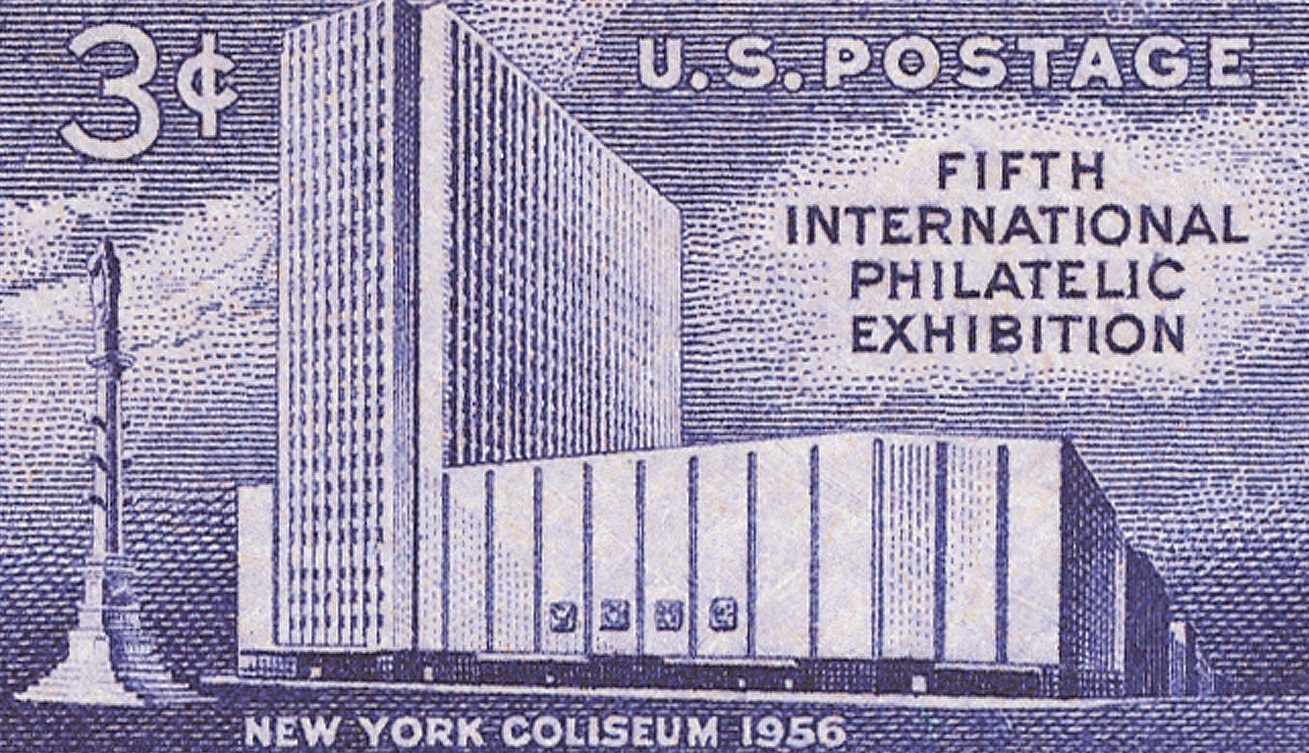
The Fifth International Philatelic Exhibition (FIPEX) opened its doors to a record 60,000 visitors on April 28, 1956.
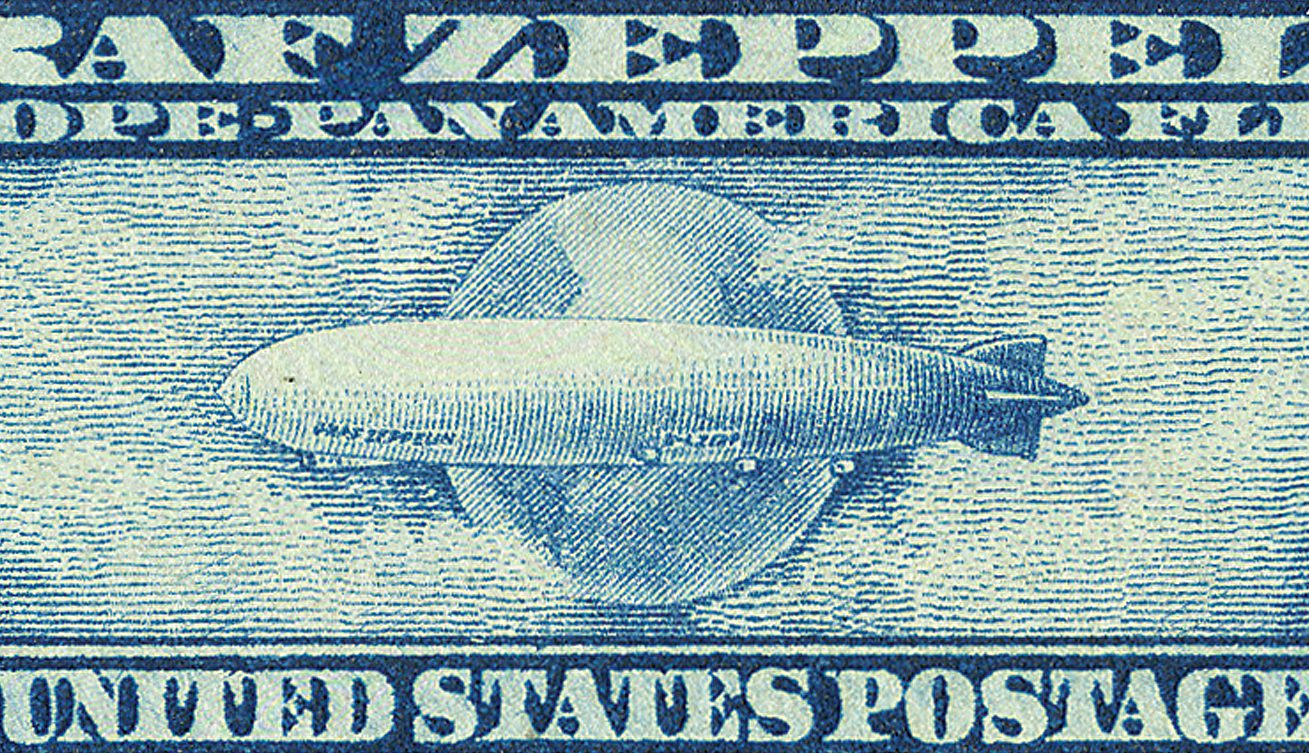
On April 19, 1930, three special airmail stamps, the Graf Zeppelins, were made available for sale to be used exclusively on mail carried via the Graf Zeppelin on its European-Pan American flights the following month.
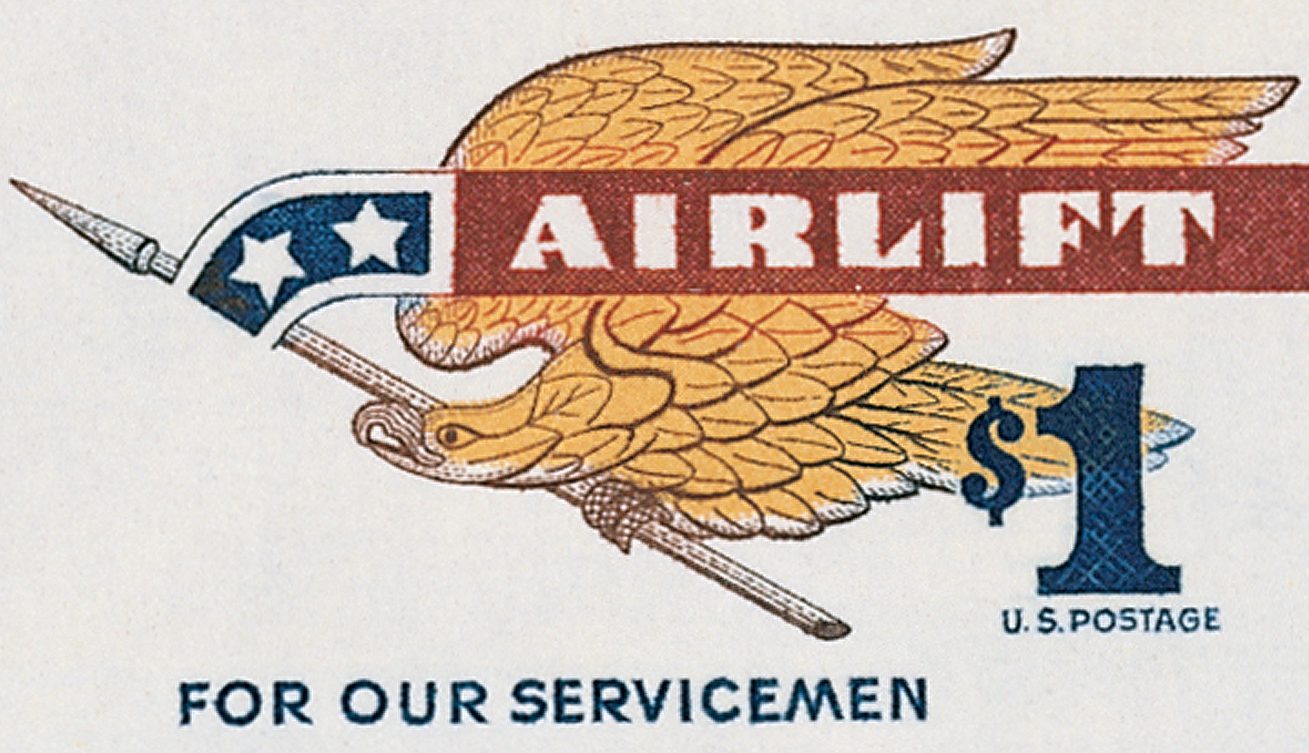
On April 4, 1968, the USPS issued a $1 stamp that, when combined with a parcel post stamp, was used to send mail and packages to American service members overseas.

On February 15, 1926, the first contract airmail flight was made between Michigan and Ohio. Three stamps were issued for this service during its first two years.
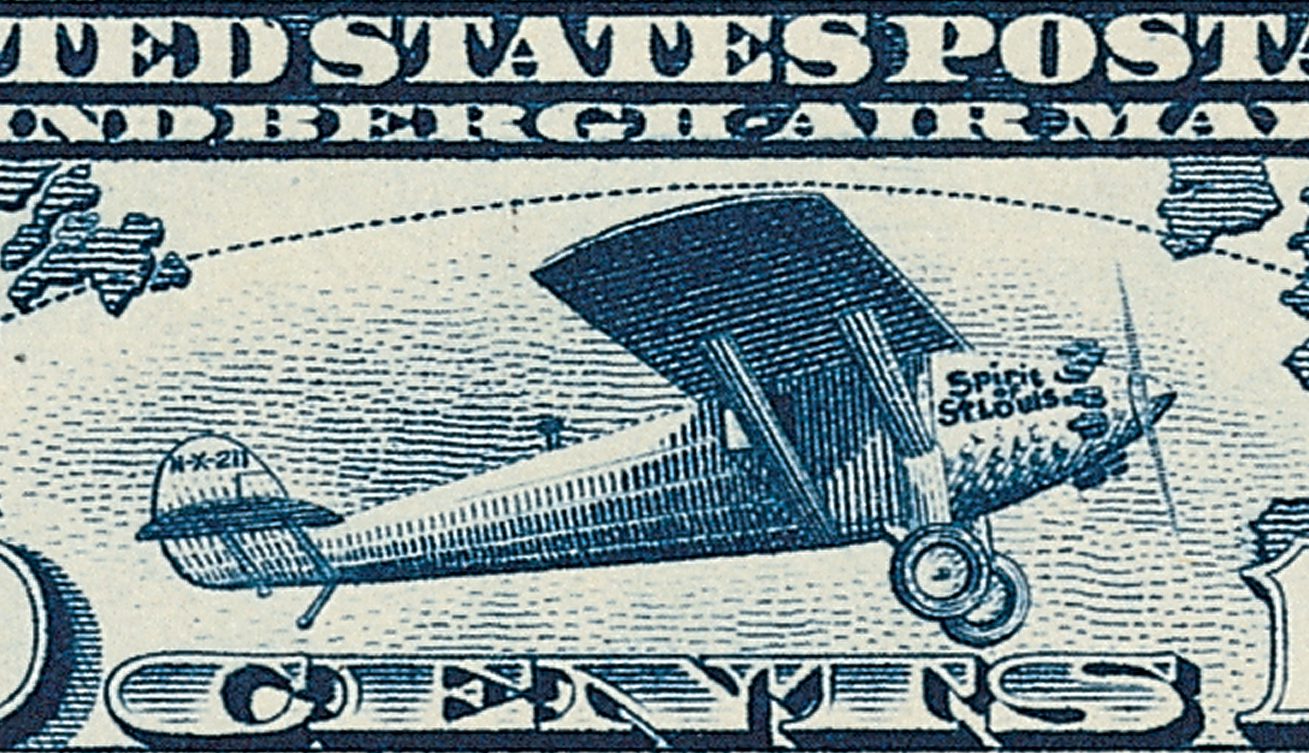
Aviation pioneer Charles Augustus Lindbergh was born on February 4, 1902, in Detroit, Michigan. He was the first person to fly solo non-stop across the Atlantic Ocean and helped to promote and expand aviation and airmail.